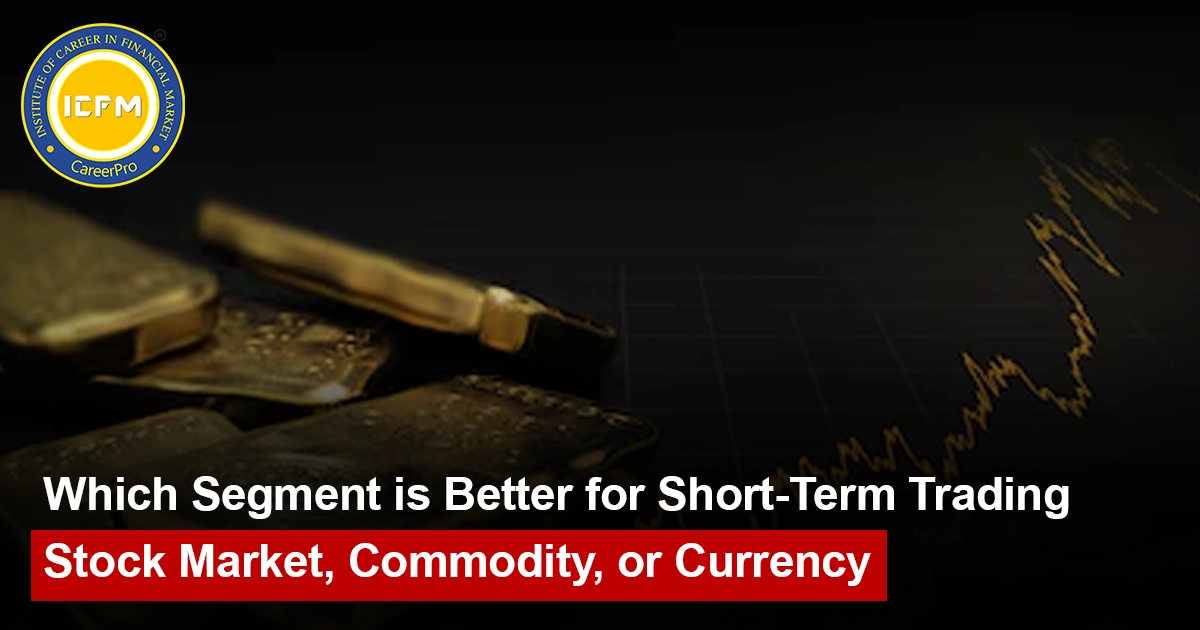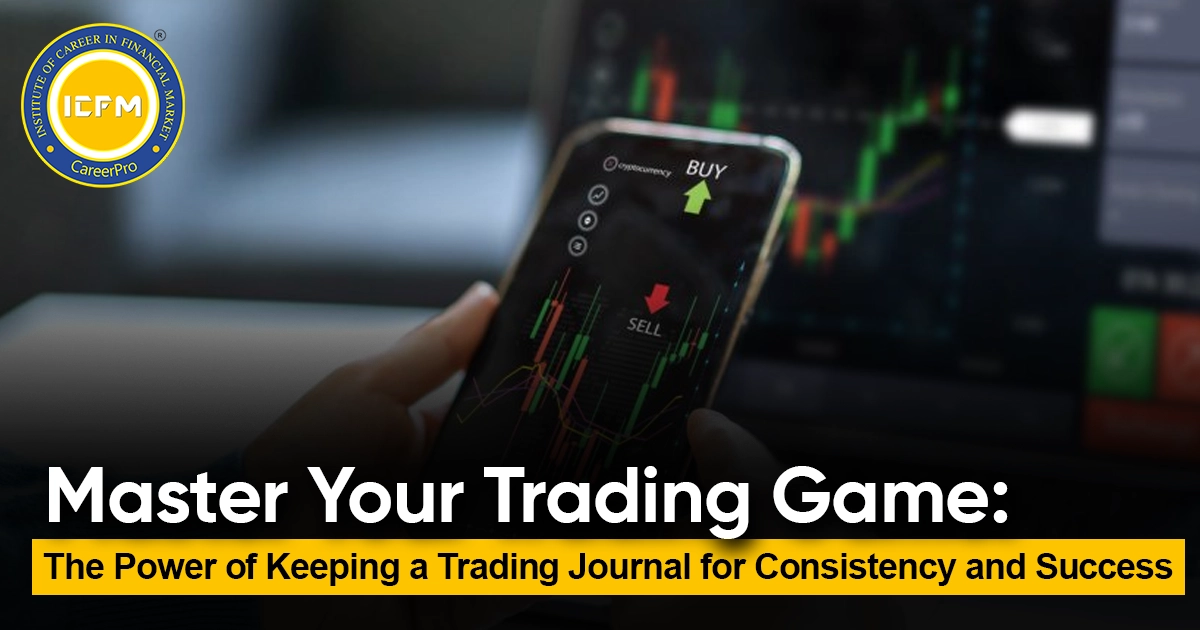Short-term trading has become increasingly popular among retail investors and traders looking to capitalize on market volatility and quick price movements. But when it comes to choosing the right segment — stocks, commodities, or currencies — the decision isn’t always clear-cut. Each market has its own characteristics, risks, and opportunities.
So, which one is better for short-term trading? Let’s compare.
1. Stock Market – Familiar and Liquid
Key Features:
-
Highly liquid and regulated (especially blue-chip stocks)
Access to intraday trading, derivatives, and leveraged products
High-quality data and analysis tools available
Wide choice across sectors and themes
Short-Term Trading in Stocks:
Intraday and swing traders often prefer stocks due to:
-
High volatility in sectors like IT, banking, or pharma
Strong news flow and earnings reports driving movement
Low entry barrier and easier execution via platforms
Risks:
-
Vulnerable to market sentiment and macro news
Can be manipulated in low-volume small-cap stocks
Requires in-depth technical analysis for timing
Best For:
-
Beginners
Those who prefer familiarity and corporate governance
Traders who can monitor the market during trading hours
2. Commodity Market – High Volatility, High Risk
Key Features:
-
Includes metals (gold, silver), energy (crude oil), and agriculture (cotton, soybeans)
Highly influenced by global events, supply-demand dynamics, and weather
Available for trading on platforms like MCX
Short-Term Trading in Commodities:
Commodities can offer explosive moves due to:
Global geopolitical tensions
Inventory data releases (e.g., crude oil inventory reports)
Currency fluctuations
Risks:
-
Extremely volatile, especially crude oil and natural gas
Requires deep understanding of global macro factors
Overnight risks can be significant due to 24-hour markets
Best For:
-
Experienced traders
Those who can track international news and data
Traders with good risk management discipline
3. Currency Market – Technical and Global
Key Features:
-
Trade in currency pairs like USD/INR, EUR/USD, JPY/INR
Influenced by interest rates, GDP, inflation, monetary policy
Highly liquid and operates for extended hours
Short-Term Trading in Forex:
-
Currency pairs show clear technical patterns
Strong reaction to economic data (CPI, Fed minutes, RBI policy)
High leverage is available, amplifying gains/losses
Risks:
-
Influenced by unpredictable central bank decisions
Requires quick reaction to macro news
Complex for beginners without economics background
Best For:
-
Traders with macro knowledge
Those who can interpret economic calendars
People who like technically driven markets
Segment Comparison Table
Feature |
Stock Market |
Commodity Market |
Currency Market |
Volatility |
Moderate to High |
High (esp. energy) |
Moderate |
Liquidity |
High |
Varies by commodity |
Very high |
Trading Hours |
9:15 AM – 3:30 PM |
Up to 11:30 PM |
9:00 AM – 5:00 PM (India) |
Leverage |
Moderate |
High |
High |
Best For |
Beginners, Analysts |
Risk-takers, Macro traders |
Technical, Macro traders |
Market Drivers |
Company news, earnings |
Global supply/demand |
Interest rates, GDP, forex data |
Final Thoughts: Which One is Better?
The “best” market segment depends entirely on your experience level, risk appetite, and trading style:
New or casual traders: Start with stock markets. More transparency, better regulation, and easier to understand.
High-risk, high-reward seekers: Commodities offer thrilling opportunities but require strong discipline and macro insight.
Data-driven and economic analysts: Currency trading is for you. It moves with precision on news and technical patterns.
Pro Tip: Many seasoned traders diversify across all three markets to balance risk and opportunity.
Ready to Start Trading?
Before jumping in:
Sharpen your technical analysis skills
Understand position sizing and stop-losses
Start with a paper trading account if you're unsure
Short-term trading can be rewarding — but only when backed by a solid strategy, sound risk management, and the right market fit.








